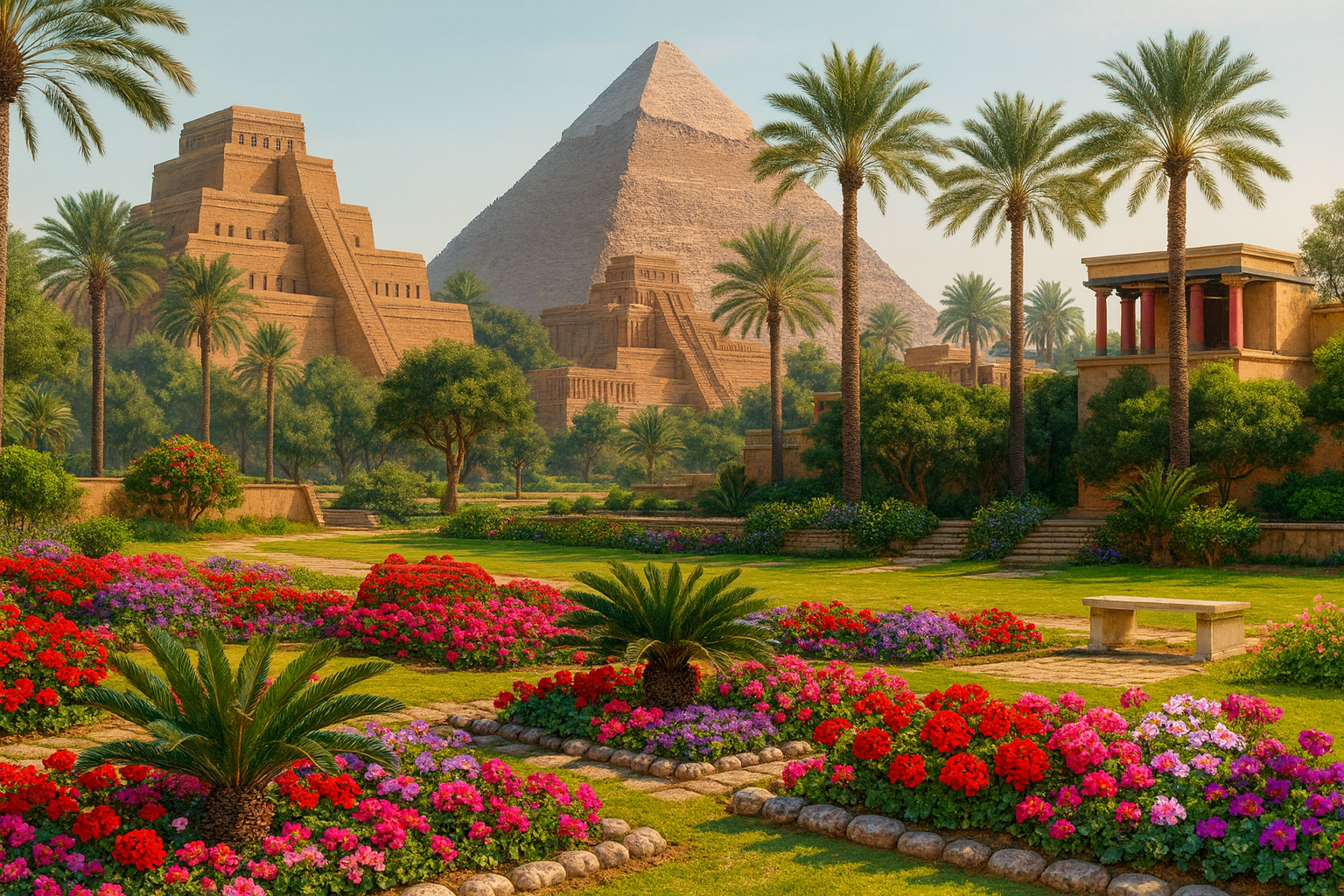A colossal statue discovered in northwestern Saudi Arabia which dates back nearly 2,500 years has gone on display at the Louvre Museum in Paris.
The statue, which weighs approximately 800 kilograms and measures 2.3 metres, is believed to show a king or priest from the Lihyanite people, according to the Saudi news website Arab News.
It was discovered at the Dadan archaeological site in the Al-Ula oasis and shows a standing male figure but is missing its head. It is believed to date to some time between the 5th and 3rd centuries BC.
The director of the Louvre Museum, Laurence des Cars, hailed the statue’s unveiling as "a very important symbol of France’s cultural cooperation with Saudi Arabia," in comments to Arab News.
"It is a masterpiece of ancient sculpture that testifies to the archaeological research undertaken by the Kingdom of Saudi Arabia for more than 20 years, often in collaboration with France," he added.
Proud to see an amazing colossal statue from #AlUla, dating from the period of the Lahyanite kingdoms, exhibited at @MuseeLouvre in #Paris, as part of the exceptional cultural cooperation between France and Saudi Arabia and the partnership between @AF_ALULA and @RCU_SA.
— Ludovic Pouille (@ludovic_pouille) September 6, 2022
🇸🇦🤝🇫🇷 pic.twitter.com/Pa9xljDH3c
Excavations at Dadan, supervised by the King Saud University in Riyadh, took place from 2003 to 2019.
Abdulrahman Al-Suhaibani, the executive director of Saudi Arabia’s Royal Commission for Al-Ula, said that more colossal statues had been found in the area.
"Last November, during the archaeological excavations at the sanctuary that has already been excavated by King Saud University, another statue was found of almost the same size as this one that is on display today. But the second one is currently undergoing conservation and restoration," he told Arab News.
The Al-Ula region of Saudi Arabia is rich in archaeological heritage, with historical artefacts dating back up to 200,000 years being discovered there.
The Lihyanite kingdom, which existed from the 7th century BC to the 1st century AD in what is now northwestern Saudi Arabia, was an important centre for the caravan trade but has not been studied to the same extent as other ancient civilisations existing at the time.
The ancient city of Dadan, which served as its capital, was discovered by the English explorer Charles Montagu Doughty in 1876.







